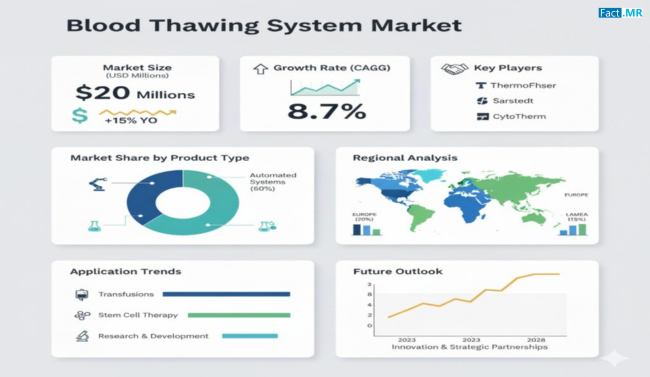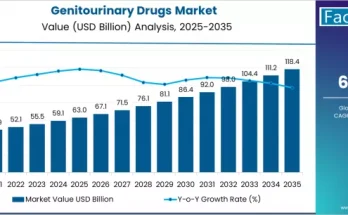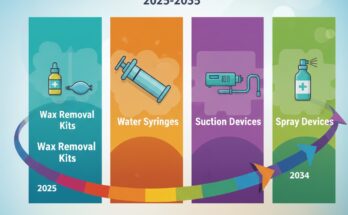Blood transfusion and plasma therapies are critical components of modern healthcare. Blood thawing systems, designed to safely and efficiently thaw frozen blood products, play a vital role in hospitals, blood banks, and transfusion centers. These systems help maintain the integrity of blood components while reducing thawing time and operational risks. The blood thawing system market is expanding steadily as healthcare providers prioritize efficiency, safety, and patient care quality.
Market Overview:
Blood thawing systems include dry plasma thawers, wet plasma thawers, and multi-bag capacity systems designed for thawing blood plasma, red blood cells (RBCs), platelets, and whole blood. These systems ensure that thawed blood products maintain their efficacy and are ready for timely transfusion. The market growth is driven by increased blood transfusion procedures, rising awareness of blood safety, and the adoption of automated thawing technologies. Dry plasma thawers, in particular, are gaining preference due to their reduced thawing time, ease of use, and higher operational efficiency.
Regional Insights:
North America leads the blood thawing system market, supported by advanced healthcare infrastructure, a high volume of transfusion procedures, and government initiatives promoting blood safety. Europe follows closely, with countries like Germany and the UK investing in modern blood management technologies. Asia-Pacific is an emerging market, driven by expanding hospitals, advanced blood banks, and growing awareness of transfusion safety. Countries such as China and India are witnessing significant growth in demand for efficient blood thawing systems to support their healthcare and pharmaceutical sectors.
Key Trends & Forecast:
- Automation and Efficiency:Automated blood thawing systems are increasingly preferred for their precision, reliability, and ability to handle multiple units simultaneously.
- Preference for Dry Plasma Thawers:Dry plasma thawers are dominating the market due to faster thawing times, hassle-free operations, and minimal maintenance requirements.
- Rising Demand from Hospitals and Blood Banks:Blood thawing systems are integral to transfusion and emergency care, boosting adoption across hospitals and specialized centers.
- Technological Advancements:Ongoing innovations in thawing technology are enhancing safety, reducing handling errors, and improving workflow efficiency in blood management.
Applications & End-Use Outlook:
Blood thawing systems are essential for hospitals, blood banks, and transfusion centers. Hospitals utilize these systems to provide timely blood transfusions in emergency, surgical, and oncology care. Blood banks rely on thawing systems for efficient inventory management and rapid deployment during emergencies. Transfusion centers benefit from multi-bag thawing systems that streamline operations and ensure product readiness. The growing adoption of automated systems reduces human error and enhances overall patient safety.
Impact of COVID-19:
The COVID-19 pandemic emphasized the importance of efficient blood management systems. Blood donation drives, plasma therapies, and transfusion procedures increased the need for reliable thawing systems. Post-pandemic, hospitals and blood banks have prioritized automation and safety in blood handling, further boosting the market for advanced blood thawing devices.
Competitive Landscape:
The blood thawing system market is competitive, with manufacturers focusing on innovation, reliability, and regulatory compliance. Key players are introducing advanced dry plasma thawers, multi-bag capacity systems, and automated devices to meet diverse end-user requirements. Strategic partnerships with hospitals and blood banks, coupled with robust R&D initiatives, are helping companies expand market share. Emerging players are also introducing cost-effective and portable thawing solutions to penetrate new regions and smaller healthcare facilities.
Challenges & Market Restraints:
High device costs, the need for trained personnel, and strict maintenance requirements are some challenges that can affect market growth. Inadequate handling or improper operation may compromise blood product quality, making training and compliance critical. Despite these challenges, continuous advancements and growing awareness about safe blood transfusion practices are mitigating risks and supporting market expansion.
Conclusion:
The blood thawing system market is integral to modern healthcare, ensuring safe, efficient, and timely blood management. With increasing adoption of automated systems, rising demand from hospitals and blood banks, and technological advancements, the market is set for sustained growth. Understanding emerging trends, regional dynamics, and innovations is essential for manufacturers, healthcare providers, and stakeholders seeking to improve blood transfusion efficiency, patient safety, and operational effectiveness.
Browse Full Report – https://www.factmr.com/report/blood-thawing-system-market



